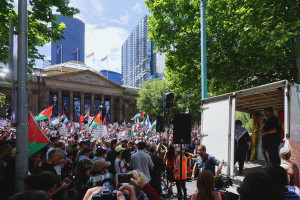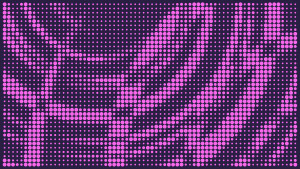Runway Journal acknowledges the custodians of the nations our digital platform reaches. We extend this acknowledgement to all First Nations artists, writers and audiences.
Runway Journal is an open-access digital publishing platform that commissions, cultivates and preserves experimental and critical writing practices.
Runway Journal acknowledges the custodians of the nations our digital platform reaches. We extend this acknowledgement to all First Nations artists, writers and audiences.
Runway Journal is an open-access digital publishing platform that commissions, cultivates and preserves experimental and critical writing practices.
Runway Journal 2025-26 Board Member Callout
Applications due Friday 25 October 2024
News
Issue 48: Groundswell launch
Black Spark Cultural Centre
20 Oct 2024
Events
Empire overboard
Jocelyn Flynn
- Essay
Conversations

Making Marks, Inscribing Solidarity
Athanasios Lazarou
- Essay
Conversations

Bard
Nic Narapiromkwan Foo
- Essay
- Kudos Emerging Writer Award
Conversations

Breathe New Life
Timmah Ball
- Mixed media
Conversations

a few reflections
Eddie Abd
- Essay
- Counterflows
Conversations

A travelogue; from the Cataract river to the Port of Ashdod
Jagath Dheerasekara
- Essay
- Counterflows
Conversations

afro-fractions
Roberta Joy Rich and Samira Farah
- Mixed media
- Counterflows
Conversations

ART DUBAI reflection piece
Jody Haines
- Essay
- Counterflows
Conversations
